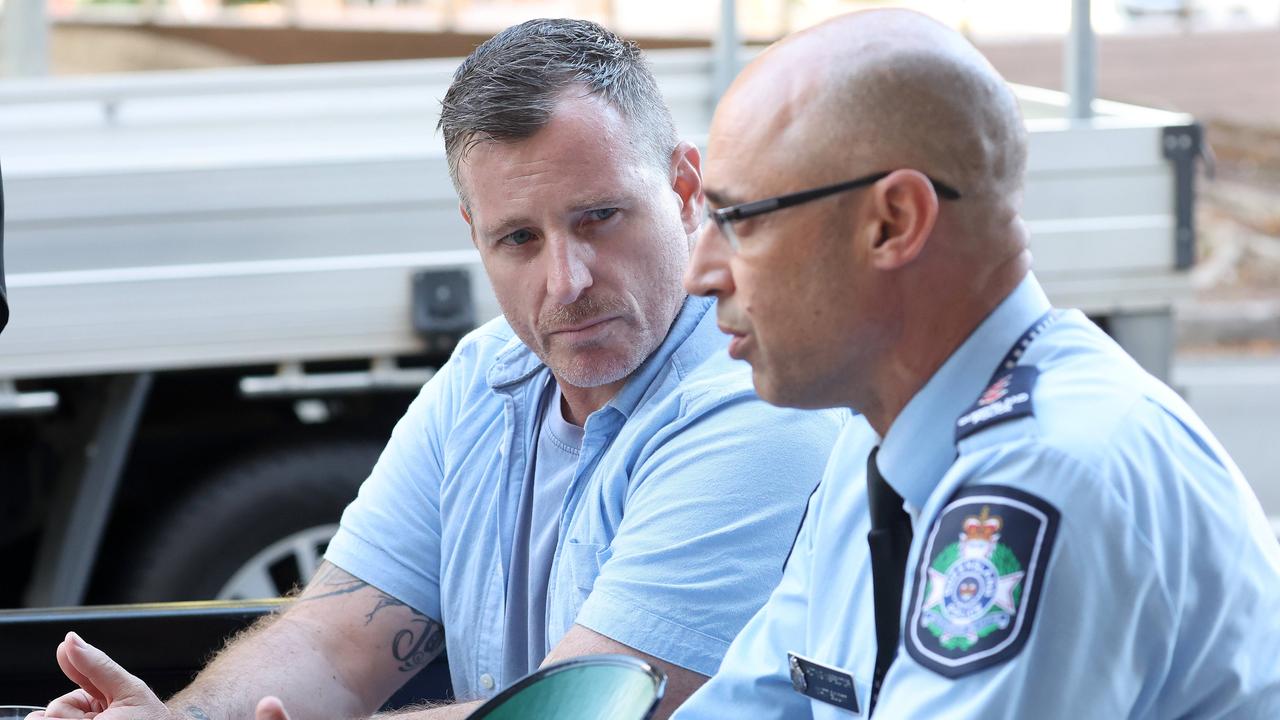No beef with double income: Gas riches help cattle farmers survive drought in western Queensland
Beef and gas power this outback town. Those who want to wipe out the gas industry should take a minute to listen to these farmers, engineers and tradies.
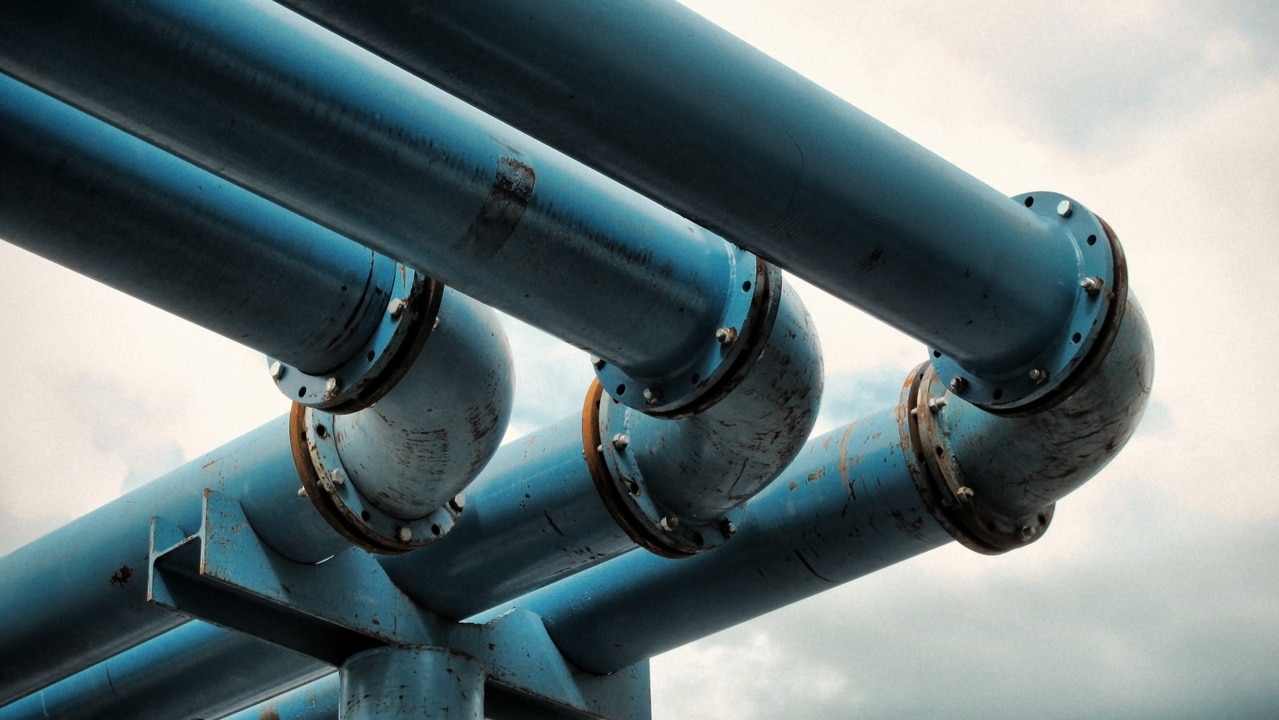
QLD News
Don't miss out on the headlines from QLD News. Followed categories will be added to My News.
A herd of black angus cattle grazes on lush pasture alongside a coal seam gas well, just outside Roma.
This remote Queensland paddock is part of the epicentre of Australia’s gas supply and distribution.
The prime beef cattle are on a property run by energy firm Santos. Pasture is irrigated with treated water – a by-product of the gas extraction – droughtproofing country where daily maximum temperatures can hit 45C.
Beef and gas power the western Queensland town. Roma has Australia’s largest cattle market and boasts among its tourist attractions the 40m-high Big Rig.
In turn, the region, about 450km west of Brisbane, contributes mightily to powering the nation.
Santos and other firms extract gas across the Maranoa region, using wells dotted across beef properties. These channel through underground pipeline networks into APA’s Wallumbilla Hub, about 40km east of Roma.
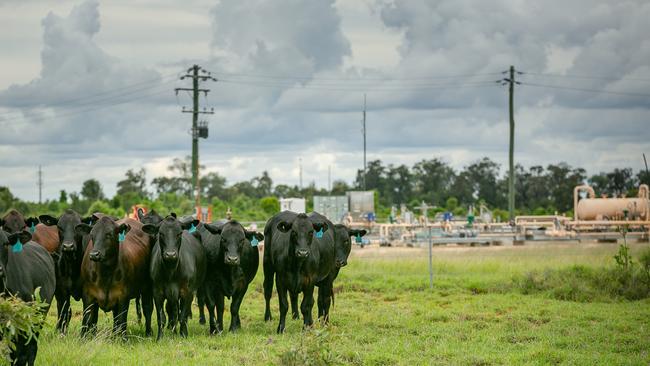
The Hub is one of the nation’s most critical pieces of gas infrastructure. It is the interconnection point for nine key pipelines, linking and moving gas to markets in NSW, SA and Victoria. The gas is pressurised for transport in vast compressors – the plant has a capacity of 869 terajoules per day – equivalent to about 2.1m 8.5kg barbecue gas bottles. The operations are controlled remotely by APA’s Integrated Operations Centre in Brisbane, which oversees 15,000km of pipelines.
“The Wallumbilla plant is the biggest gas infrastructure on the east coast grid in Australia. By sending the gas to all parts of Australia, it gives us the ability to secure the network and secure the energy for Australia,” says APA regional manager Arthur Hanna.
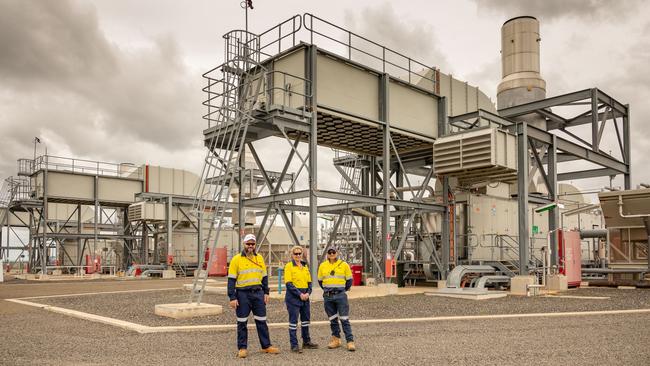
Pastoralist David Whiley has 40 gas wells and 400 cattle on his 2000ha Perola Park property, northeast of Roma.
Santos pays him between $5000 and $10,000 per year from each well. They are in a fenced enclosure, about the size of a half a netball court.
“The really good thing about those wells on there is that we understand what the income stream is going to be consistently over five, 10, 15 years,” Mr Whiley says. “We can plan a little bit around that. We can do things that we normally wouldn’t do. We can put in fences. We can afford a bit more feed through the dry.”
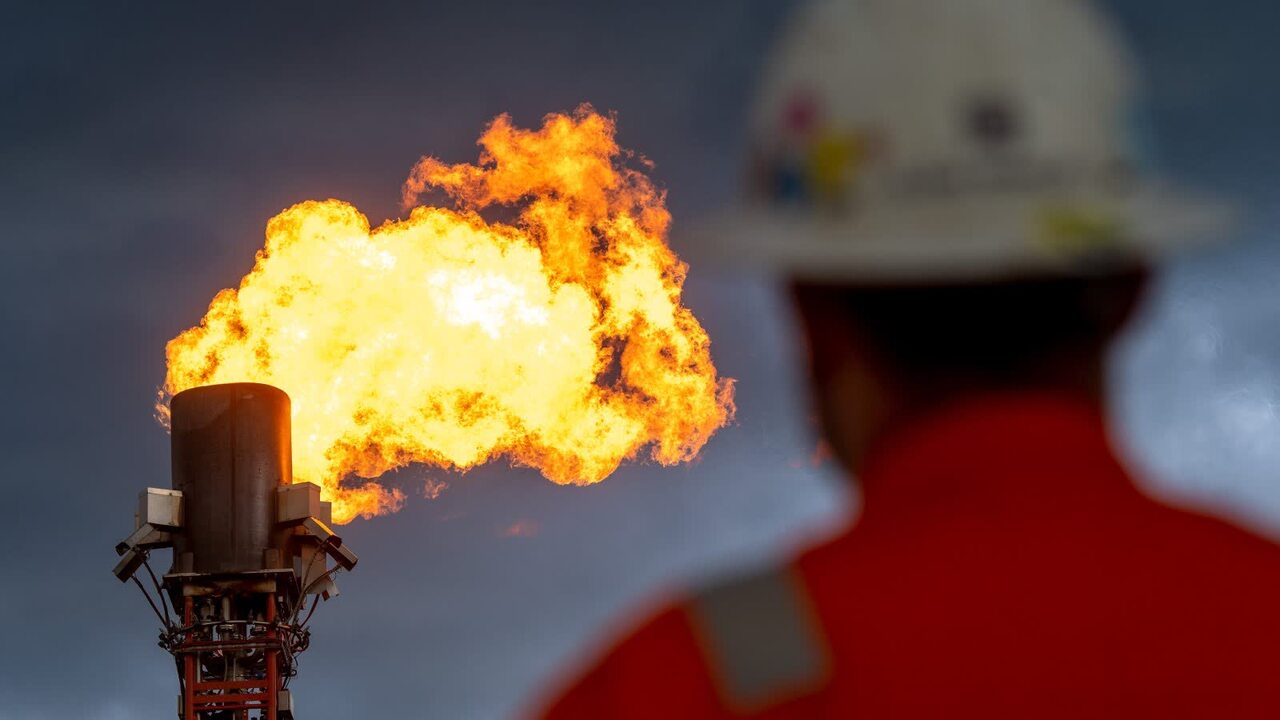
Mr Whiley and wife Gina Tetford are first-generation farmers. His other business is Wild Desert which operates oil and gas well-servicing rigs and transport.
Pastoralists and other rural land users largely accept the coal seam gas wells, Mr Whiley says, even if there was some disquiet more than a decade ago when the industry began to boom.
His view is backed by the peak group representing Queensland’s rural producers, AgForce, whose chief executive officer Michael Guerin says there have been issues with gas producers on prime agricultural land in other parts of the state.
AgForce is pushing the new state government for legislative changes to ensure “genuine collaboration” in putting projects together and adequate compensation for landholders.
But Mr Guerin said the gas and agriculture industries were happily coexisting around Roma. “Like any issue in any community, you have a few people with alternate views and that’s democracy. But, as a general rule, the communities in and around Roma are supportive of our existence,” Mr Guerin said.
Rural and regional communities across Australia face challenges holding population, he says.
“We want to grow the areas economically,” he said.
“And it doesn’t damage food production and properties and biodiversity.”
Santos managing director and chief executive officer Kevin Gallagher cites figures showing his firm injected $138m into the region last year. This comprised spending on local goods and services, payments to landholders, and government charges.
“We have strong relationships with landholders around Roma who host our infrastructure and benefit from having another income stream – particularly in times of drought,” he said.
“We’ve worked hand-in-hand with landholders for more than 70 years to develop our resources in a safe and sustainable way.
“Across the east coast of Australia, we have more than 4000 landholder agreements and we’ve provided a wide range of economic and social benefits to regional communities through jobs and business opportunities.”
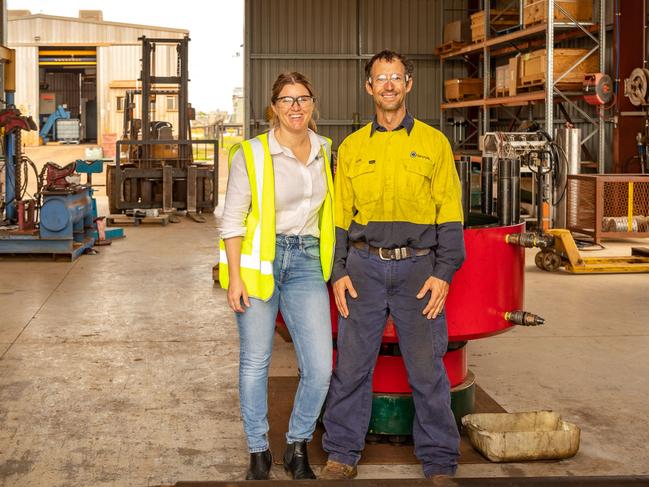
One of the businesses relying on the gas industry is Roma-based Sharpe engineering, where Ellen Bain is chief executive officer. Her husband, Scott, is among the 125 employees – he’s a fitter. They epitomise Roma’s twin economic drivers – Scott is a fourth-generation grazier with two gas monitoring wells on the family cattle property.
Asked what it would mean if there was no gas industry, Ellen is blunt: “It wouldn’t be good. A lot of the supporting industries wouldn’t be here, our business included.”
Nearby, at Fleming’s Oil and Gas Industry Services, operations manager Mark Theron and production engineer Maurice Cilliers are among 37 employees at the firm, which won the 2024 Maranoa business of the year.
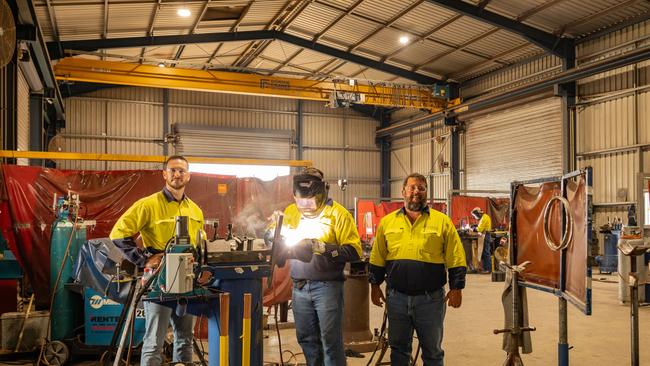
Mark, who immigrated from South Africa with his family in 2010, says he and his colleagues are contributing to a vital national enterprise.
“We are known as almost like the 7-Eleven of the gas industry. When something breaks, they ring us, we go fix it. We get a plant back on line, we get a well back on line. That gas is needed in a huge way to keep the lights on, to keep industry going,” he says.
“Maurice and I can both vouch for this. We come from a country where they switch the lights off, a lot.
“And have you ever tried to maintain a household, run a business, or do anything without power? Have you ever stood there a two o’clock in the morning, wishing you could switch on the stove or the microwave, because you’ve got a screaming infant that needs a warm bottle and you’ve got no power?
“So, yeah, the gas industry is pivotal at the moment. We need a lot of gas to keep everything going.”
Originally published as No beef with double income: Gas riches help cattle farmers survive drought in western Queensland


